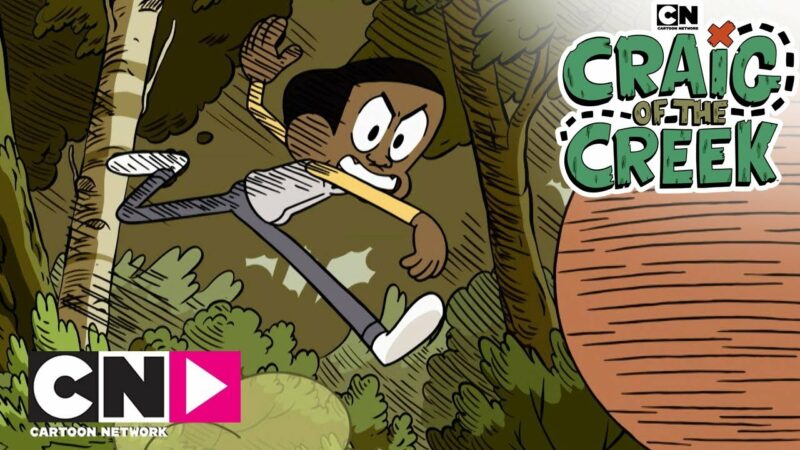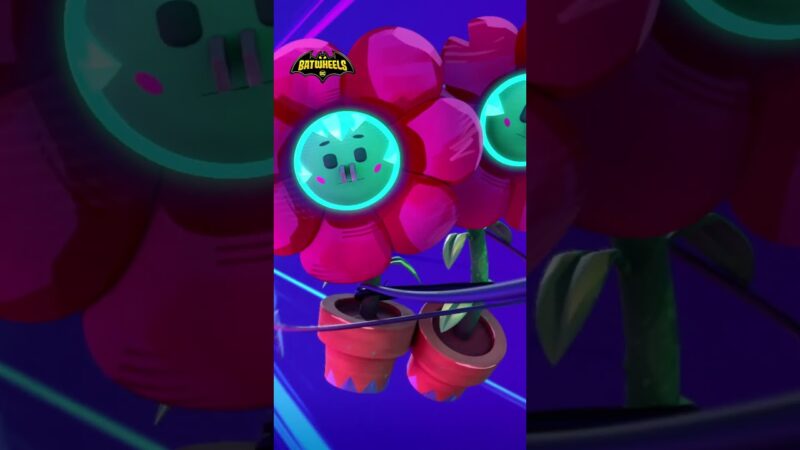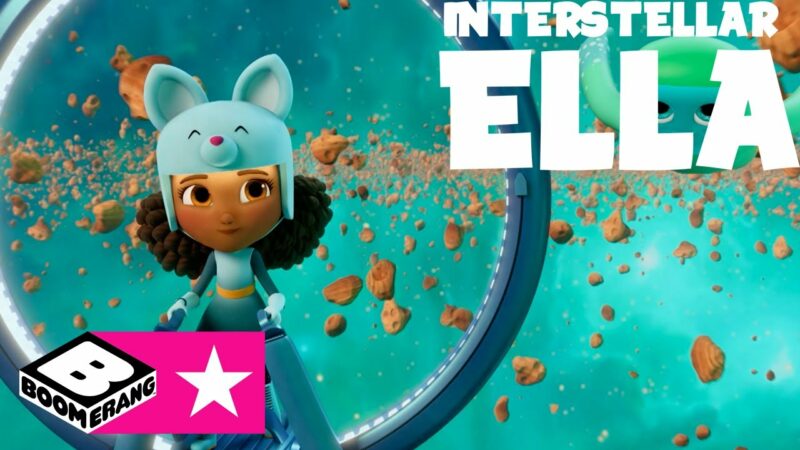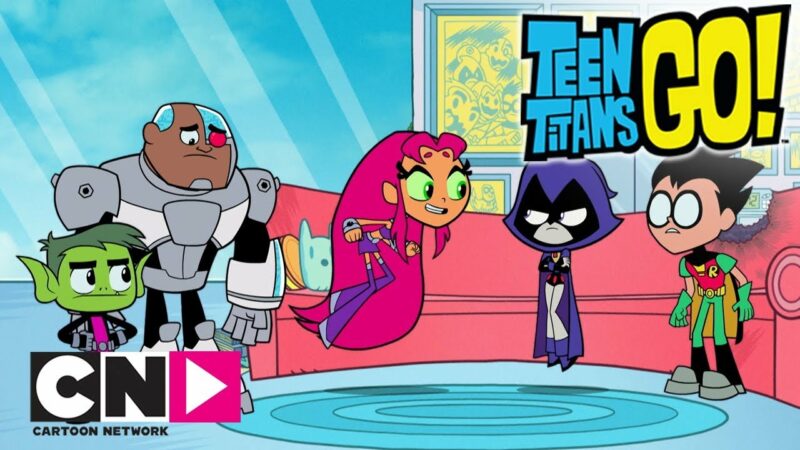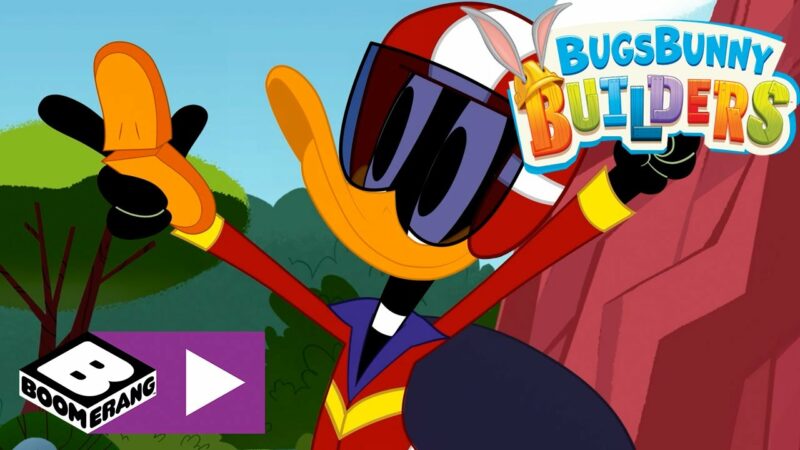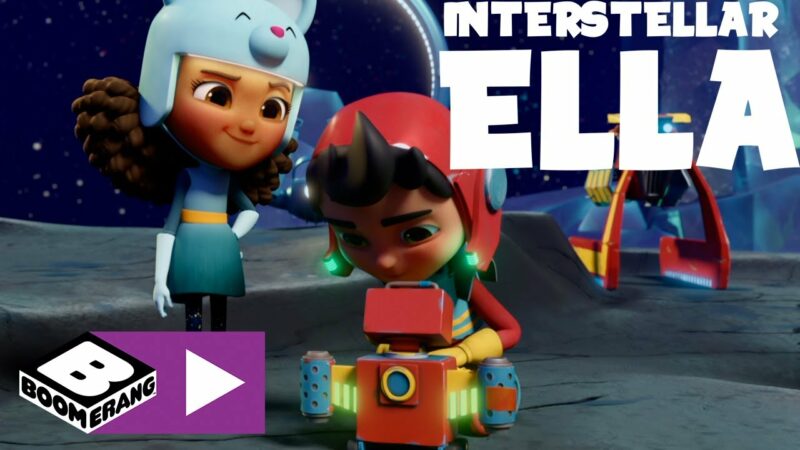Kimba the White Lion – the anime and manga series by Osamu Tezuka
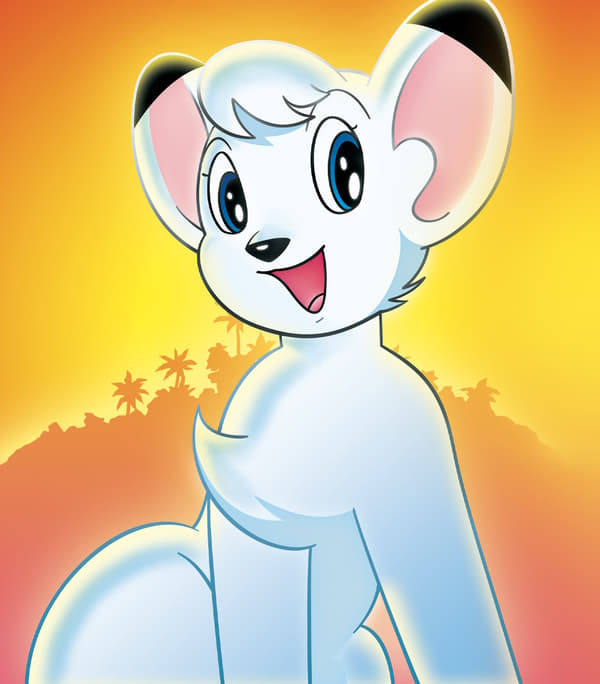
Kimba the White Lion: Osamu Tezuka's Marvelous Saga That Won the Hearts of Generations of Readers and Viewers
Kimba the White Lion, known as the "Jungle Emperor" in Japan, is an epic manga created by Osamu Tezuka, the undisputed "father of modern manga". This extraordinary masterpiece has captured the imagination of a wide audience, becoming a milestone in the world of cartoons and comics.
The manga of Kimba – The White Lion it made its debut way back in 1950, published in the Manga Shōnen magazine and continued to fascinate Japanese readers until 1954. In Italy, it was published by Hazard Edizioni in three volumes between June 2005 and January 2006. A new edition in two volumes it was instead published in 2019 by J-Pop.

The overwhelming success of the manga prompted the creation of an anime television series of the same name in 1965. This series was a real revolution in Japanese animation, being the first color television anime and the first to feature humanized animals as protagonists. In Italy, the series was broadcast in 1977, winning the hearts of an audience fascinated by Kimba's adventure and friendship.
Kimba the White Lion's popularity didn't stop with the anime series, but extended to the big screen as well. In 1966 the film was made Kimba – The White Lion (Chouhen Jungle Taitei), which won the Golden Lion at the XIX Venice Children's Film Festival. In 1997, another film titled Kimba – The Legend of the White Lion (Gekijōban Janguru Taitei), directed by Yoshio Takeuchi. These cinematic adaptations have brought Kimba's spirit and adventures to a wider screen, reinforcing his legacy.



In September 2009, on the occasion of the 50th anniversary of Fuji TV, a television film entitled Jungle Taitei – Yūki ga Mirai wo Kaeru (ジャングル大帝 勇気が未来をかえる), directed by Gorō Taniguchi, written by Osamu Suzuki and with drawings by Yoshitaka Amano. In Italy, this film was dubbed and released for the first time in 2012 with the title Kimba, the courage to change the future, available on the Premium Play streaming platform. In February 2022, a second dub was made by Sanver Production Ltd with the title Kimba, the brave change the future, distributed on the streaming platform Chili.
Kimba the White Lion's legacy is deeply rooted in popular culture. This extraordinary saga has inspired many artists and paved the way for a new generation of anime and manga that deal with similar themes. Kimba embodied universal values such as friendship, justice and respect for nature, teaching important lessons to readers and viewers of all ages.
Kimba the white lion is a real jewel in the panorama of anime and manga. Thanks to Osamu Tezuka's boundless imagination, the White Lion won the hearts of millions of fans around the world, leaving an indelible mark on the history of cartoons and comics. His legacy continues to shine as new generations discover the magic and adventure of Kimba and his friends in the jungle.
However, Kimba the White Lion has also been the subject of controversy. Some argue that the 1994 Disney film “The Lion King” drew strong inspirations from the Tezuka series. The similarities between the characters and the plots have led to heated discussions on the issue, although both sides have always denied any form of plagiarism or direct inspiration.
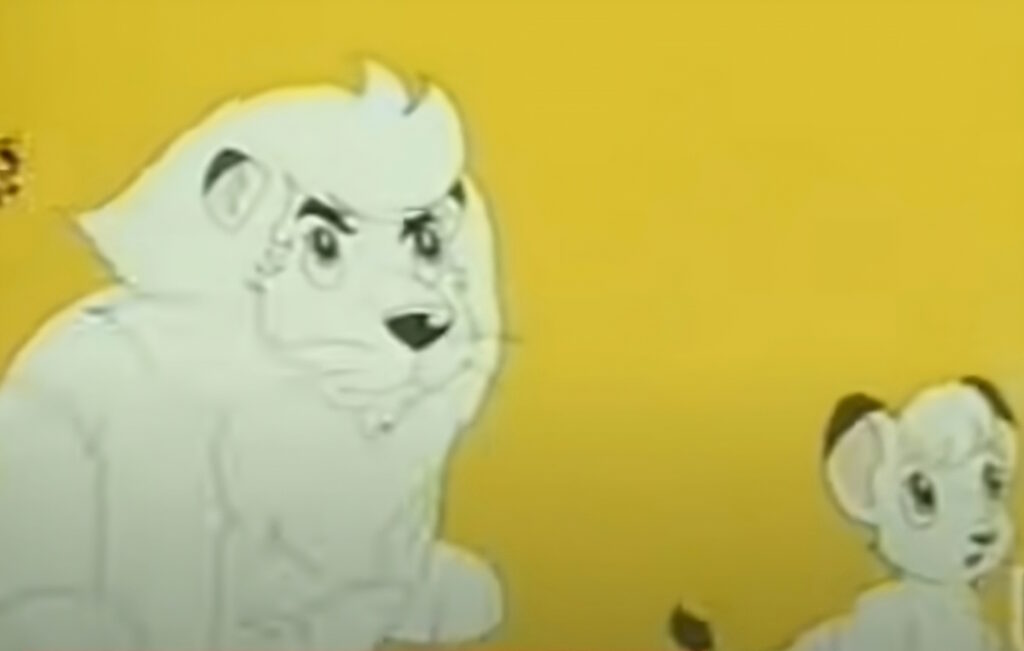


History
Set in Africa in the mid-XNUMXth century, the story of Kimba the White Lion begins with the young lion's desire to rule the forest after the death of his parents. His father, Panja, is the king of the kingdom inside the African jungle and tries to protect the animals from human intruders who pose an increasingly serious threat.
Panja, eager to ensure a safe haven for all the animals of the forest, releases the cattle from the surrounding villages to feed the jungle dwellers. However, this act is seen as a threat by the villagers, who hire a hunter named Hamegg to put an end to the lion raids. Hamegg, instead of attacking Panja directly, uses the bond between Panja and his mate Eliza to capture the white lion. Panja is killed, while the pregnant Eliza is sold to a zoo.
Kimba was born on the ship carrying Eliza and, after a shipwreck caused by a storm, he finds himself alone, but with the determination to follow his father's ideals. Through various adventures, he learns the intricacies of the human world, including its technological aspects and medical treatments.
Once back in his beloved African forest, Kimba continues to grow and develops the awareness that true peace requires communication and mutual understanding between animals and humans. To take his father's place and become the king of the forest, Kimba faces Bubu, a lion who has taken over after Panja's death.
Kimba, in his role as king, seeks to create a more civilized world where animals of different species coexist peacefully. Under his leadership, the animals form an alliance to protect their habitat threatened by humans and to demand fair and equal treatment. Kimba even pushes carnivores to become vegetarians and adopt agricultural practices. Together, the animals open a school, a post office and even a restaurant.
Finally, Kimba sacrifices his life by giving his flesh to save his human friend, demonstrating his deep commitment to peace and coexistence between different species.
The Story of Kimba the White Lion is an epic adventure that explores themes of friendship, respect for nature and the search for a world where humans and animals can coexist harmoniously.
Characters
Kimba
A white Masai lion is the protagonist of the story who, in the original manga, is followed from birth to death. He believes that there would be peace between animals and humans if one understood the other. In the 1997 film, the lion leads Dr. Mustache and his assistant up Mount Moon, and sacrifices himself by falling on Dr. Mustache's kris so that Dr. Mustache has food and shelter from the cold. In the 2009 TV movie, Leo has poor hunting skills and is acrophobic, always jumping straight up instead of through holes. In his attack on the structure, he overwhelms his aversion to heights.
Outside
A white Masai lion, father of Leo and emperor of the jungle. He is killed by Ham Egg while trying to save his wife and queen. His skin is in his son Leo's lair and under his care. Leo uses his skin as an attraction for a festival in episode 24. He was Specklerex's rival and (according to High Priestess Leona) Bubu's most hated archenemy, as the one-eyed lion was always trying to defile the sanctuary. He appears in some episodes in flashbacks and his head is seen on the full moon in episode 22 when he gives Leo the strength to find the medicine to save Pop Wooly. In the 2009 film, he dies protecting his family from hunters.
Eliza
Leo's mother, used as bait by Ham Egg and Kutter. While she is on the ship, she gives birth to Leo and urges him to escape due to the tropical storm; she later drowned. She plays a very large role in the 2009 TV movie, in parts like quelling an argument between Leo and Kenichi and even taking part in an assault on the cloning facility; unlike previous versions, she does not die in the 2009 film.
Leona
Leo's older sister whose job is to guard a small shrine and its chapel, who has many white lion skins. In the 1989 remake, she was Leo's aunt, she shares the same white color as he (minus the black tips), and sort of foster mother to Lyre, and she also served as the high priestess of a small abbey; many men and women venerate her to the point of feeding her cuts of fresh meat. As High Priestess, it is Leona's job to ensure that everyone in the abbey complies with her orders and terms, especially when one of the abbesses attempted to knock her out with a tranquilizer gun.
Lyre (ライヤ, Raiya ) / Kitty
A lioness who would later be Leo's mate and bear him a son and daughter. She is the granddaughter of old marozi (spotted lion) Specklerex and she lives with him after her parents are killed by hunters. She notices things that Leo sometimes overlooks. She is always there when Leo needs advice, a "better nature" to calm his anger, a shoulder to cry on or a warrior at her side. In the 1989 remake, she served as a disciple and adopted daughter of High Priestess Leona, as her order was to find a type of flower known as a "star flower". In the film, Lyre falls victim to spotted fever and slowly dies.
Lune
Son of Leo and Lyre. He looks like Leo when he was a puppy. He prefers to help his father in dangerous missions (such as relocating a large herd of elephants, defending the last heroes of a warrior tribe from corrupted leopard spearmen, and even reclaiming Panja's skin from bandits). He and Lukio rose to prominence in episode 5, where his struggles begin with fear and end with newfound valor. He is, according to one of the giraffes in episode 15, stubborn, though Leo counters that the cub makes the right choice of friends. Episode 21 shows that he has been tricked by an overweight hyena cultist named Agura the Terrible. He has a strong dislike for Bizo, for good reason. Lune always strives to do right things and good deeds, as seen in episode 9. In episode XNUMX, he and Lukio befriend a lycon named Rick.
Riihimäki general upper secondary school
Leo and Lyre's daughter. She resembles Lyre when she was a puppy. Episode 6 of the anime is when she really gives her all to protect a pack of gorillas from an army of mandrills long enough for Leo to help her out. In the tenth episode, she and Lune befriend an African wild dog named Rick.
Tommy
A Thomson's gazelle who always gets into trouble. She almost always saw him wearing a straw hat, which Leo had used to make him Secretary of the Jungle Economy. He is known as "Tony" (ト ニ ー, Tonī) in the 1989 series.
Coco (ココ Koko ) / Pauly Parrot
A green parrot who has spent time living with humans and believes he should be tasked with mentoring Leo. While still a close friend, Coco became female for the 2009 TV movie.
Burazza
A wise old mandrill, mentor of Leo. His name was changed to “Mandy” (マンディ, Mandi) for the original anime series, but changed in the 1997 film.
Bongo (ボンゴ, Bongo ) / Speedy Cheetah
One of Leo's cubhood friends (a leopard cub in the original Japanese version).
Pagoda
A stubborn African elephant who never trusts humans or human culture, yet praises Kimba (Leo) for the cub's beliefs. In episode 44, Pagoola gives Kimba a lead: he bypasses his defenses and will save Kenichi. As usual, he praises the puppy, letting him and his friends pass.
Bubu
A recurring villain, this one-eyed Berber lion with a jagged scar on his face wants Leo and his family dead so he can assume the role of Jungle Emperor for himself. Bubu tries to capture Lyre so that she will become queen to her and show affection of her. This romantic interest was not in the 1989 remake.
Toto
A black panther who works with Bubu to dethrone Leo and the white lions. She often acts as Bubu's advisor. In the 2009 film she is a clone panther who rebels against her human creators and would become a close ally of Leo, sacrificing herself near the end.
Thick
A tall, lanky hyena, almost always seen with her ally Bo, who works with Bubu and Sylvester in their evil schemes. She was created for the TV series to provide comic relief.
Bo (ボウ, Bō ) / Tab
A short, stocky hyena, almost always seen with Dick, who works with Bubu and Sylvester. Along with Tom, she was created for the TV series to provide comic relief.
Kenichi (ケン一, Kenichi ) / Roger Ranger
Shunsaku Ban's nephew welcoming Leo after he arrives ashore. After a year living with Leo in human civilization, he decides to go to the jungle with Leo and live with him and the other animals. He teaches animals how to talk to humans. In the 2009 film, he is transformed into a child with the ability to talk to animals as well as receiving the full name of Kenichi Oyama and becoming one of the main heroes and helps Leo bring all the animals back to the "real" jungle from the created reserve by man called “Neo-Earth”.
Anime series
Kimba's first television series, consisting of 52 episodes, was first broadcast in the sixties. This pioneering series was the first full-color anime series in Japan and introduced the concept of humanized animals as protagonists. However, due to legal issues, the series was re-dubbed in the United States in 1993, with an all-new soundtrack.
In Italy, the first episodes of the second series of Kimba were screened at the cinema as early as 1966, under the title "Leo - The King of the Jungle", combined with feature films. The first television series was broadcast for the first time in Italy in 1977, adapted from the US version and distributed by AB International Export. However, only 13 episodes were initially broadcast and 13 more were later dubbed into a different studio, but the series was not continued.
In 1982 alone, the remaining episodes of the first series and all 26 episodes of the second series were dubbed into Italian by a studio called Telecinema 2001, under the direction of Franco Latini. Although the episodes already available in Italian have kept the 1977 dubbing, they have all been retitled. During the episodes of the missing part of the first series, only a few sound effects and music tracks were included due to the lack of the original soundtrack. The series has been revived with a new video theme song and with the inclusion of the new song by the Knights of the King as background in the episodes.
In 1999, the first and second series were re-dubbed and broadcast together with the 1989 remake by Italia 1 with the title "A jungle of adventures for Kimba". This new version featured a theme song composed by Giorgio Vanni and Max Longhi, sung by Cristina D'Avena.
However, in the late 90s, the Minerva International company acquired the rights to Kimba's previous edition and redistributed it to local television stations, where it has been rerun several times over the years. Minerva's version includes only the 52 episodes dubbed in 1982 and features a reedited and retitled video theme song, while still keeping the King's Knights song.
Technical data
Manga
Author Osamu Tezuka
Editor Gakudosha
Magazine Shōnen manga
Target shonen
1 edition November 1950 – April 1954
Tankōbon 3 (complete)
Publisher it. Comic Art, Hazard Editions
1st edition it. 1998
Volumes it. 3 (complete)
1965 anime TV series
Author Osamu Tezuka
Regia Eichi Yamamoto
Network TV Tokyo
1st TV October 6, 1965 - September 28, 1966
Episodes 52 (complete)
It network. Local televisions
1st Italian TV 1977 – 1982
Episodes it. 52 (complete)
1966 anime TV series
Kimba – The White Lion
Author Osamu Tezuka
Regia Eichi Yamamoto
Network TV Tokyo
1st TV October 5, 1966 - March 29, 1967
Episodes 26 (complete)
It network. Local televisions
1st Italian TV 1978 – 1982
Episodes it. 26 (complete)
1989 anime TV series
A jungle of adventures for Kimba
Author Osamu Tezuka
Regia Takashi Ui
Network TV Tokyo
1st TV October 12, 1989 - October 11, 1990
Episodes 52 (complete)
It network. Italy 1, Hiro, Boing
Episodes it. 52 (complete)
Source: https://it.wikipedia.org/wiki/Kimba_-_Il_leone_bianco

